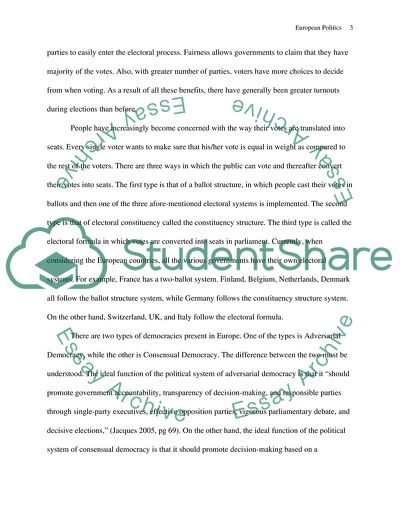Cite this document
(European Politics Essay Example | Topics and Well Written Essays - 1500 words, n.d.)
European Politics Essay Example | Topics and Well Written Essays - 1500 words. https://studentshare.org/politics/1729531-why-should-we-care-so-much-about-how-votes-are-translated-into-seats
European Politics Essay Example | Topics and Well Written Essays - 1500 words. https://studentshare.org/politics/1729531-why-should-we-care-so-much-about-how-votes-are-translated-into-seats
(European Politics Essay Example | Topics and Well Written Essays - 1500 Words)
European Politics Essay Example | Topics and Well Written Essays - 1500 Words. https://studentshare.org/politics/1729531-why-should-we-care-so-much-about-how-votes-are-translated-into-seats.
European Politics Essay Example | Topics and Well Written Essays - 1500 Words. https://studentshare.org/politics/1729531-why-should-we-care-so-much-about-how-votes-are-translated-into-seats.
“European Politics Essay Example | Topics and Well Written Essays - 1500 Words”. https://studentshare.org/politics/1729531-why-should-we-care-so-much-about-how-votes-are-translated-into-seats.


